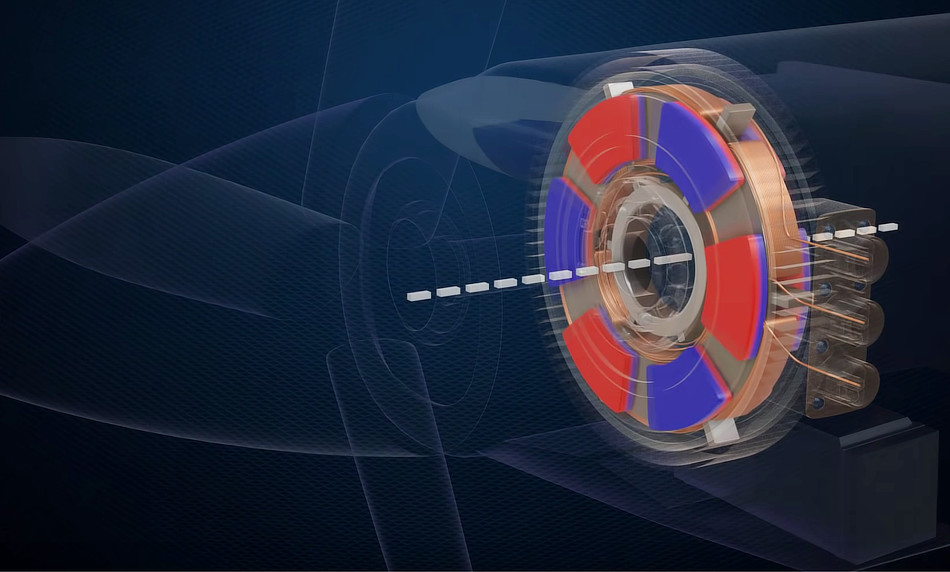The rat is perhaps the most innovative species on earth, for one reason. It has the ability to adapt to its environment in a desire to survive. For companies to survive, choosing the way of the rat should be built into the corporate philosophy. To that end, Tesla is the rat of the electric car industry, once derided now copied, Tesla is the spark that is causing legacy car manufacturers to think like the rat. Tesla is currently leading the way on electric car technology. However, every company has its day in the sun. Once the sun sets in the distant horizon and rises hours later a new dawn emerges.
What I am trying to say is this, will Tesla always be the leader in electric car technology? Yes, if it continues to innovate, like the rat. But the race is on as car manufacturers switch to electrified platforms. Electric car technology is still in its infancy because we have had over 100 years of internal combustion engines.
That’s 100 years of continuous technology evolution. The electric motor is around 200 years old, first invented by Michael Faraday. The use of piston-powered engines and petroleum-fueled cars won the day because it was cheaper to install petrol pumps over an electrified grid.
Tesla adopts two electric motor technologies, alternating current (AC) induction motors in the Model S and permanent-magnet direct current (DC) motors in its Model 3. However a new electric motor is being spoken of, one that is more powerful yet more efficient than any other currently available. The axial flux motor.
The axial flux motor uses even fewer parts than an electric motor powering a Tesla. This translates into weight savings yielding an improved range. The basic axial flux motor design is over 200 years old. This video goes into geek levels of detail.








